Ruby Bridges, the “youngest foot soldier” of the Civil Rights movement, delivered the Presidential Colloquium to a crowd of over 2,000 people at Smith College on Friday, Feb. 2.
Bridges recalled her experience of being one of the first Black children to attend New Orleans’ all-white public school system in 1960, at the age of six. Escorted to the school by four federal marshals, Bridges was met by an angry mob, a scene famously depicted in Norman Rockwell’s painting “The Problem We All Live With.”
As she spoke in front of a display of Rockwell’s painting, Bridges emphasized her innocence in the face of racism. As a young Black girl living in a poor housing district during the 1960s, Bridges depended on hope when looking to the future.
“I remember thinking all things are possible,” Bridges said, “and it’s okay to dream, and to hope and to wish, and Dana brought me back there.”
Dana Warren, a fourth grader from Westhampton Elementary School, was responsible for Bridges speaking at the college. After reading Bridges’ autobiography “Through My Eyes,” in the second grade, Warren was immediately inspired by Bridges’ story and what it represented.
“I was in second grade, not much older than she was,” Warren explained.
Hoping that others would be able to hear Bridges’ message, Warren wrote to Smith College President Kathleen McCartney asking her to “help achieve her dream.”
After listening to the speech she helped organize, Warren said “it was “amazing” to meet Ruby Bridges, and hear her story “literally through her eyes.”
Bridges’ speech focused on her first year at the all-white elementary school, and the consequences she saw as a result. She described her innocent perception of what was happening, thinking the angry mobs were a Mardi Gras parade, and that she was the only kid in the school.
Bridges reflected on how many see her as a hero for what she did, saying, “I didn’t feel very brave, or like I had courage. The truth of the matter is, I had no idea what was going on.”
Despite her young age, Bridges became very aware of the differences in her society. While segregation was defended under the notion of “separate but equal,” Bridges explained that “even at six,” it “didn’t seem equal” to her.
Upon arriving at her first day of school at William Frantz Elementary, Bridges was surprised to find out her teacher was white: “My first thought was, ‘she’s white.’ I had never seen a white teacher before, and I didn’t know what to expect, because she looked exactly like all the people outside, who seemed angry about something.”
Soon, Bridges learned that her teacher, Mrs. Henry, although she resembled the crowd of protestors, was “nothing like them.” After developing a close relationship with Mrs. Henry, Bridges felt that she “was different.”
“She loved me, and I knew that,” Bridges reflected. “She gave me her heart.”
For a majority of the year, Bridges was kept in isolation from the few students who had not been pulled out of the school by their parents. The separation was due to multiple death threats toward the young girl, but such distance between Bridges and the other students caused her to feel secluded and alone.
Eventually, Bridges was allowed to interact with the other students, due to insistence from Mrs. Henry. Although there were very few other students, she was excited to finally have the possibility of making friends. The first student she approached to play with, a young boy, refused, saying that he couldn’t play with her because his mother had told him not to, and called Bridges a racial slur.
Finally coming to terms with the reality of her situation, Bridges realized that “Oh, so that’s what this is about. Not Mardi Gras; it’s about me, and the color of my skin.”
However, Bridges was not angry with the young boy, because he was only listening to his mother.
“When I think about where we are today, I think about him and I think about what he said to me,” Bridges continued, noting that children are not born with prejudice, and are instead taught it by the generation before them. “We take racism and pass it on to our young people.”
Likening racism to a disease, Bridges said it was a “form of hate” that “festers, and grows and spreads.”
“Don’t think it won’t affect you,” Bridges warned. “It will, and it has.”
Beth Derr-Porter, a senior English Literature major at Smith College, attended the lecture and found it “amazing” to see how “different it was from her eyes.”
“She just wanted to go to school,” said Derr.
Toward the end of her speech, Bridges reinforced the lesson that was taught to her by Dr. Martin Luther King Jr.: to never judge a person by the color of their skin, but by the content of their character.
Despite all that she has been through, including the murder of her eldest son, she emphasized the importance of hope and perseverance, and issued the audience a call to action.
“Don’t wait until…you come face to face with evil to learn this lesson,” Bridges said, “We all have a common enemy and it is evil. I refuse to believe there is more evil out there than good. There’s more good. We just have to stand up.”
Kathrine Esten can be reached at [email protected]. Annabelle Tocco can be reached at [email protected].

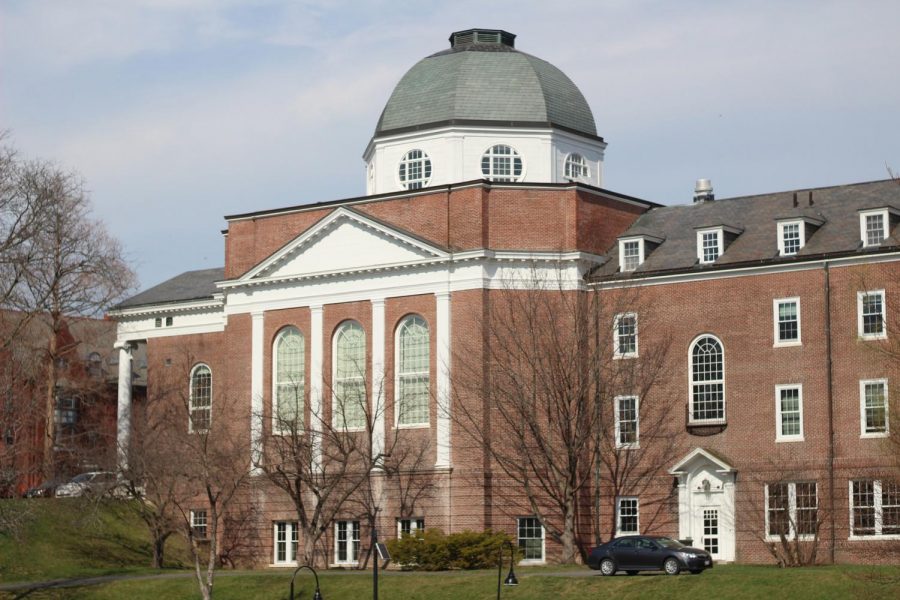

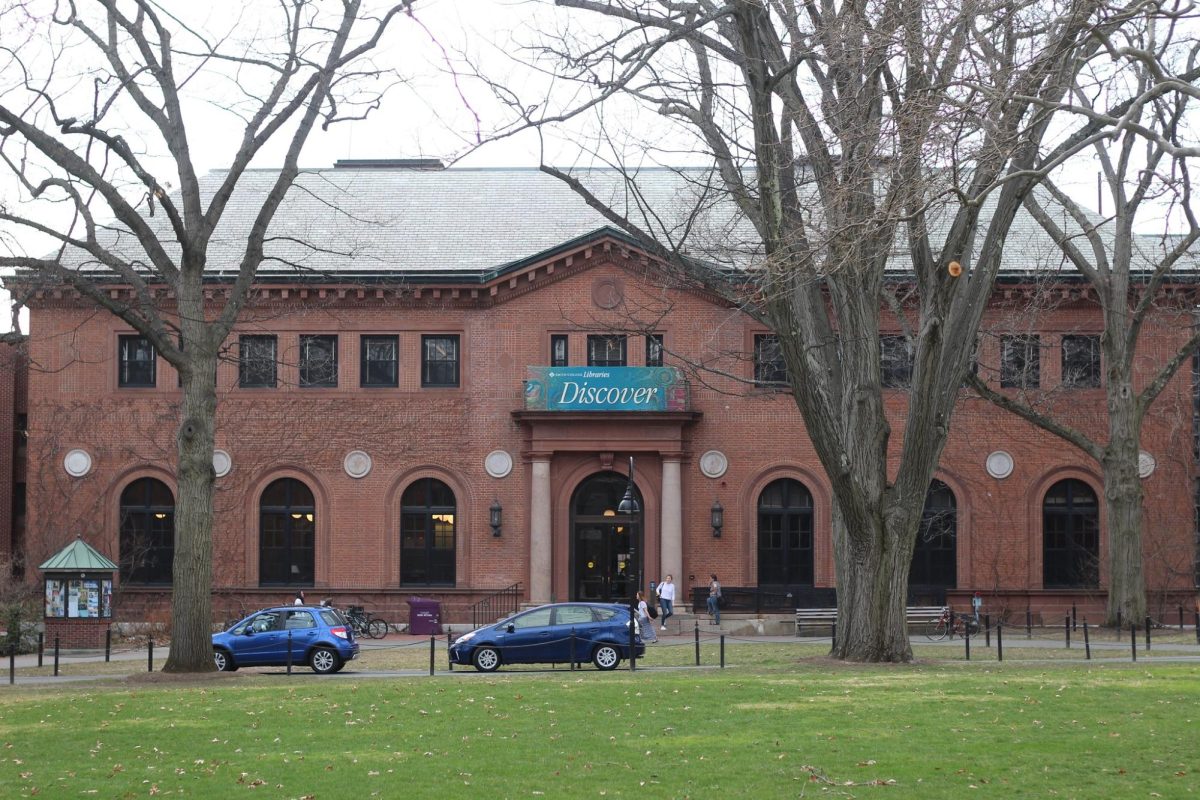
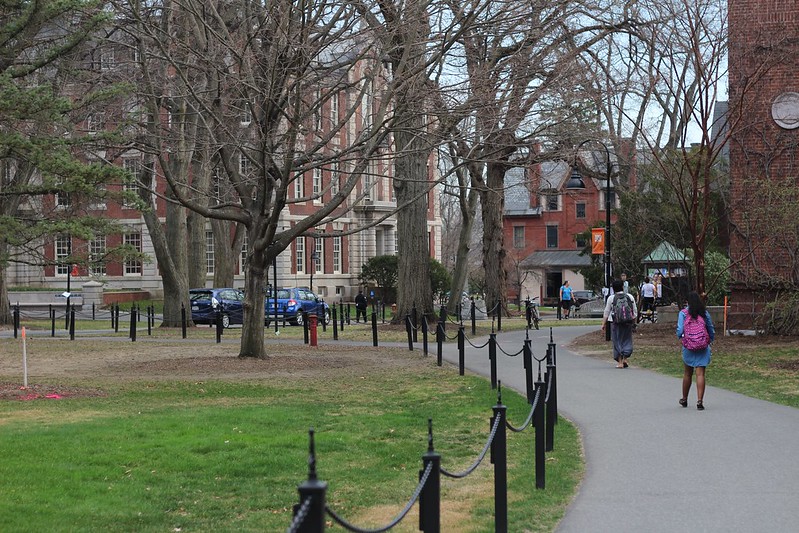
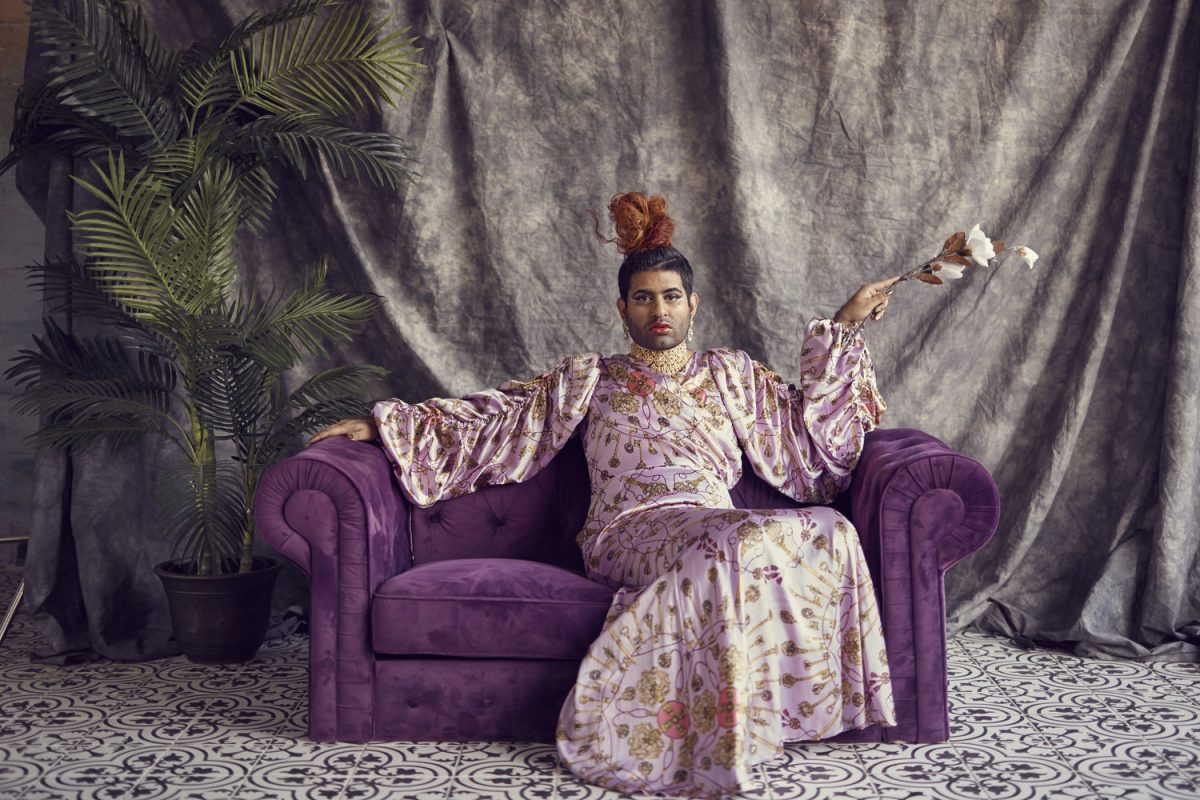

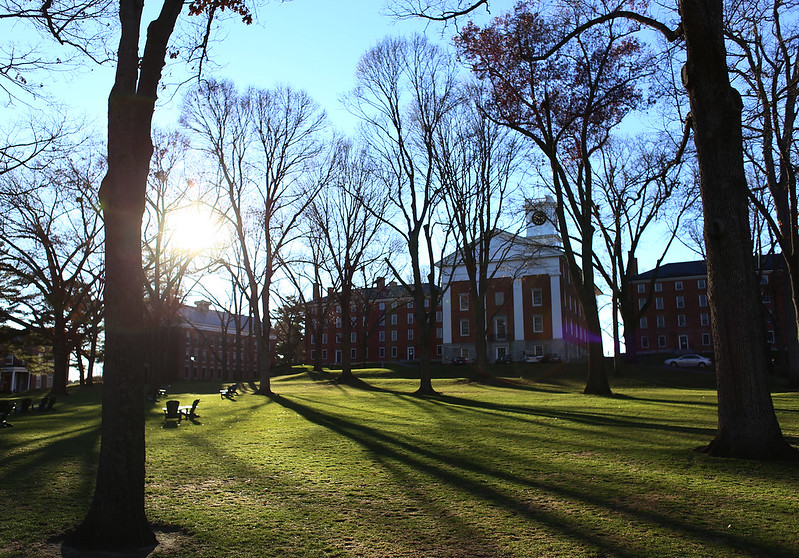
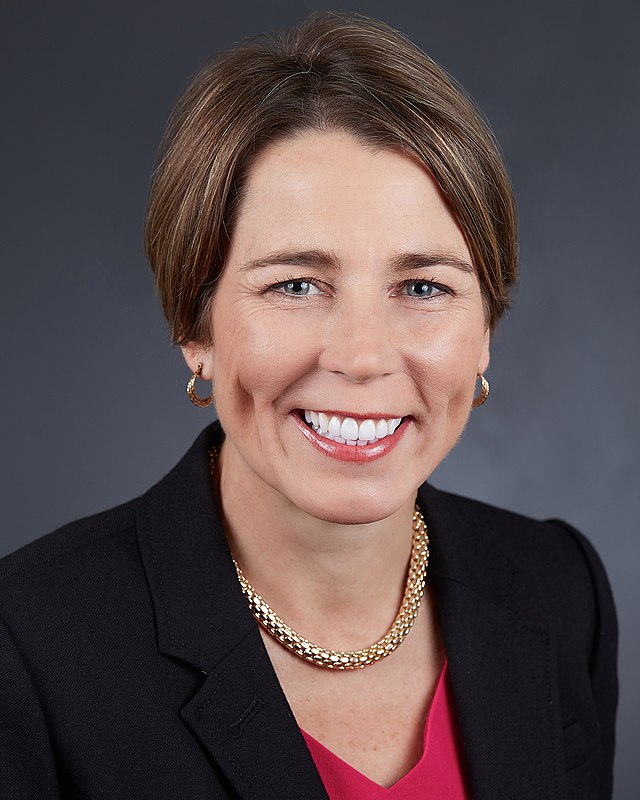






dareqttes • Feb 15, 2024 at 1:24 pm
really good thanks